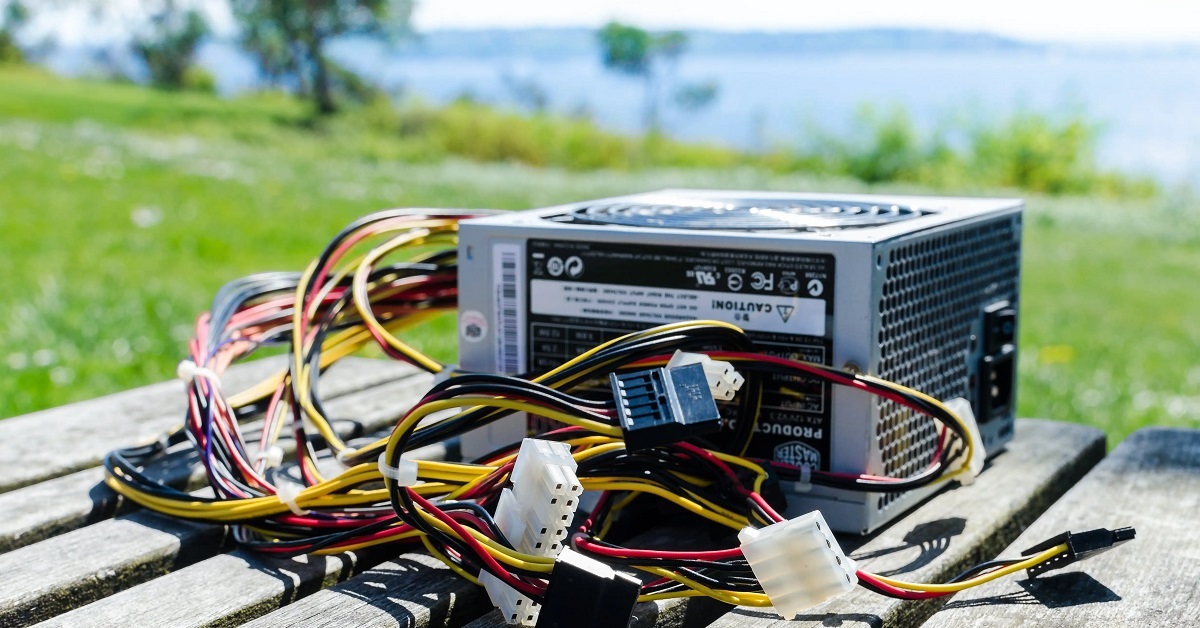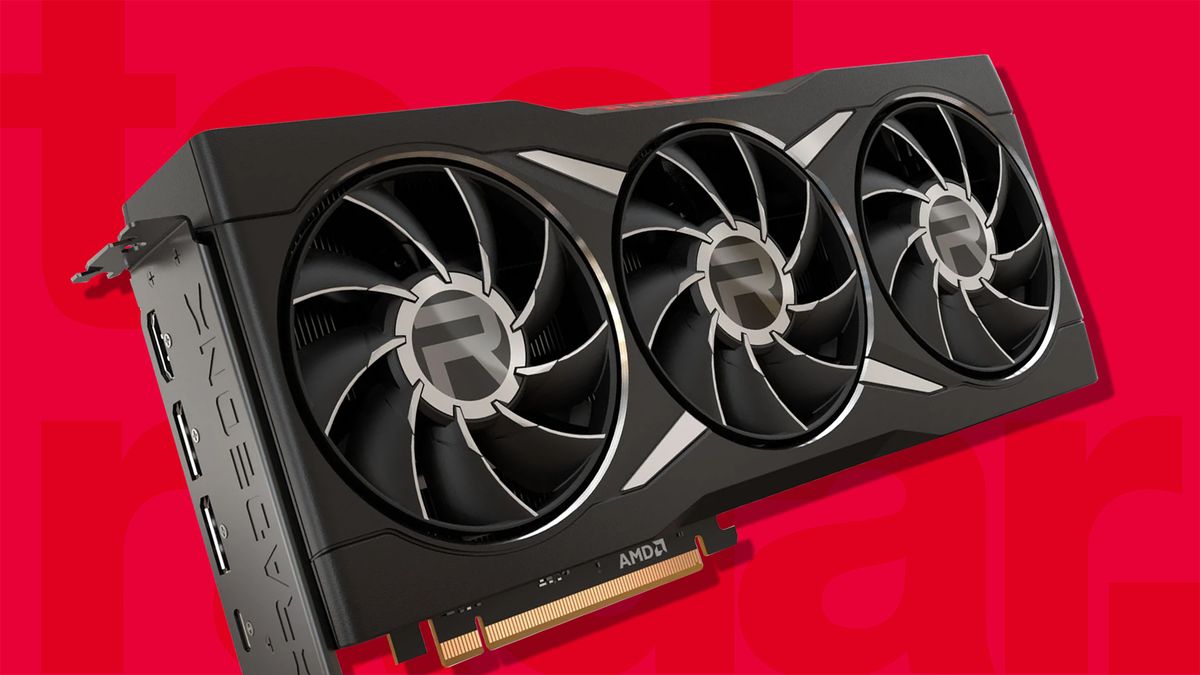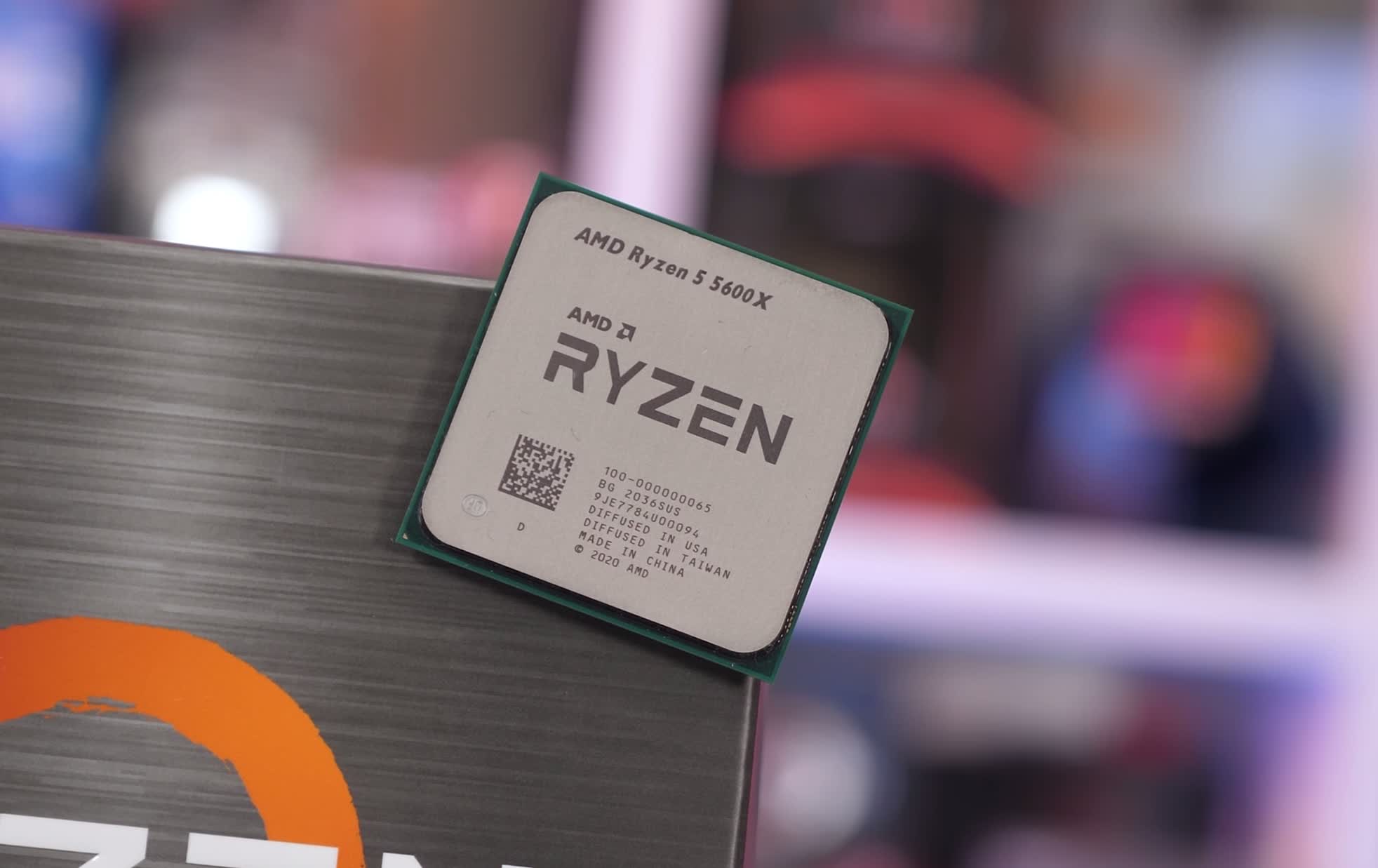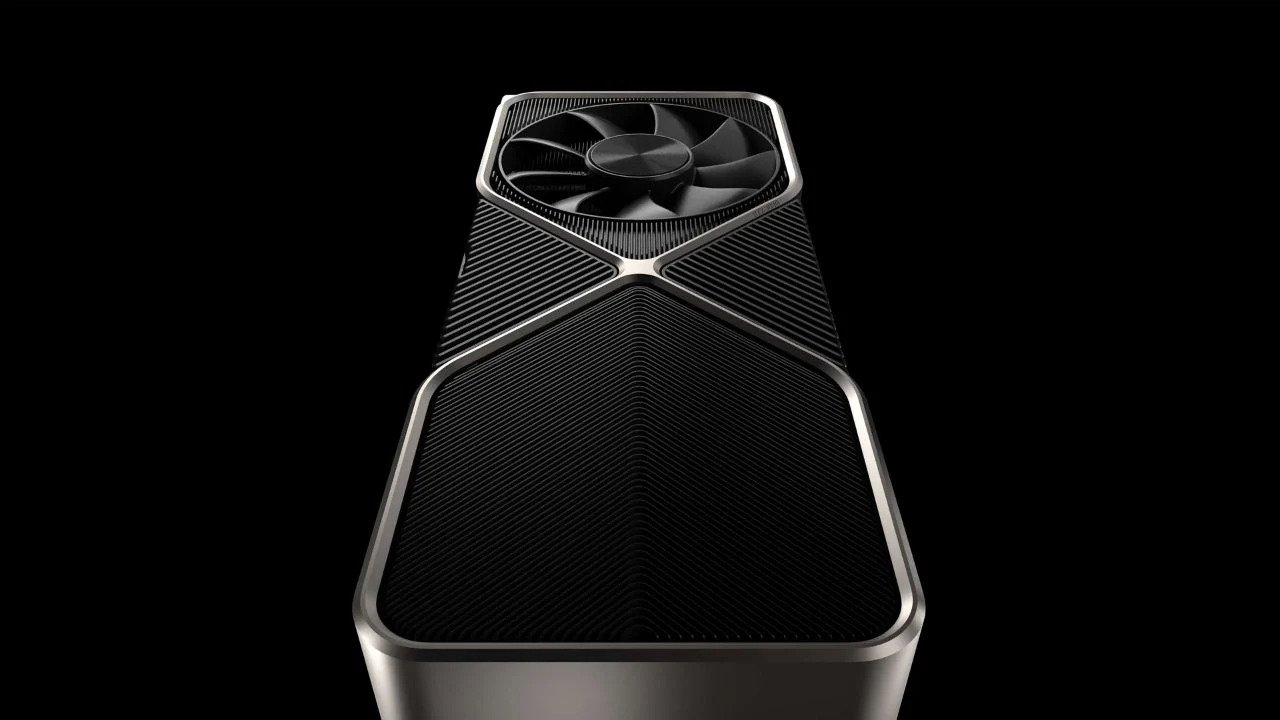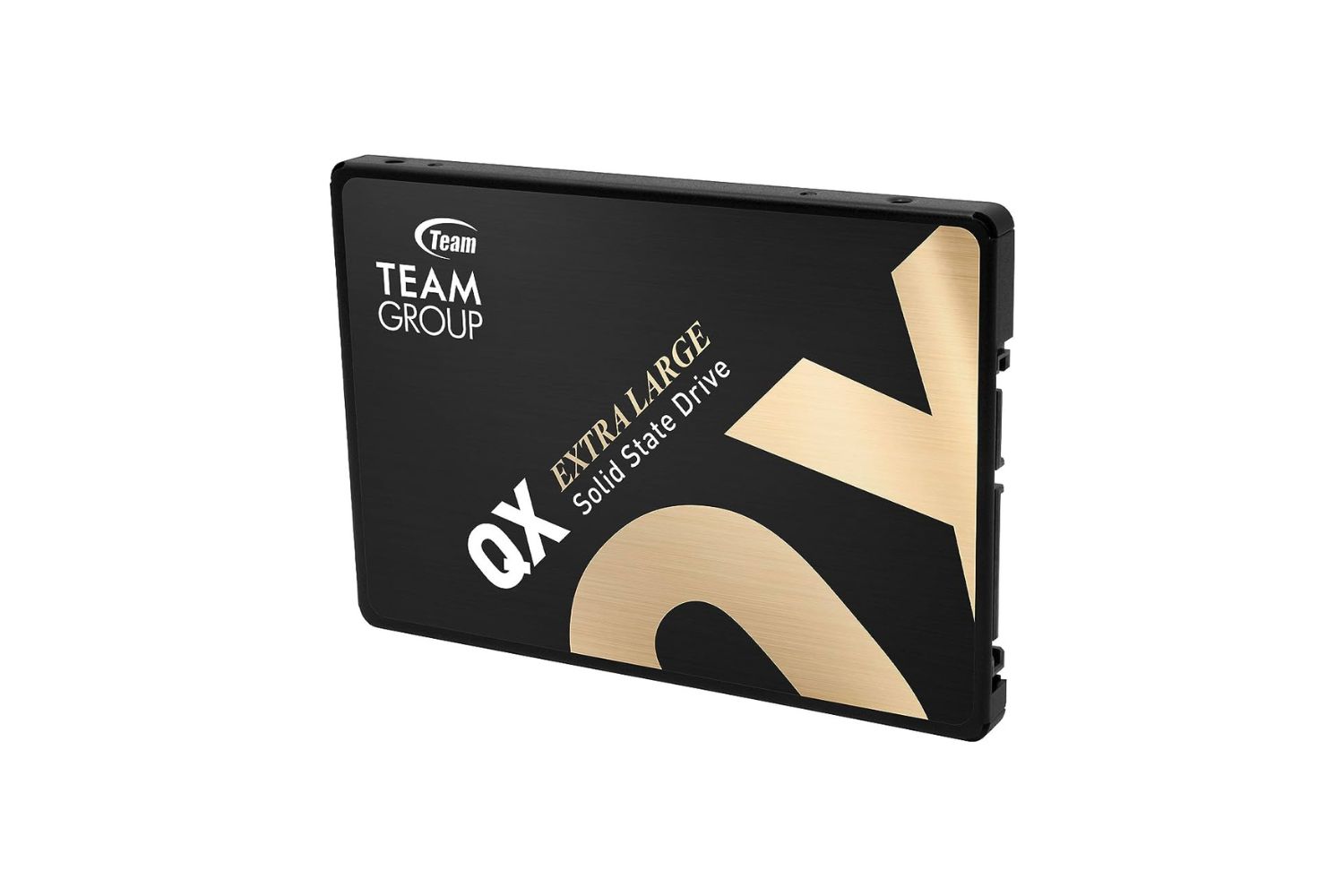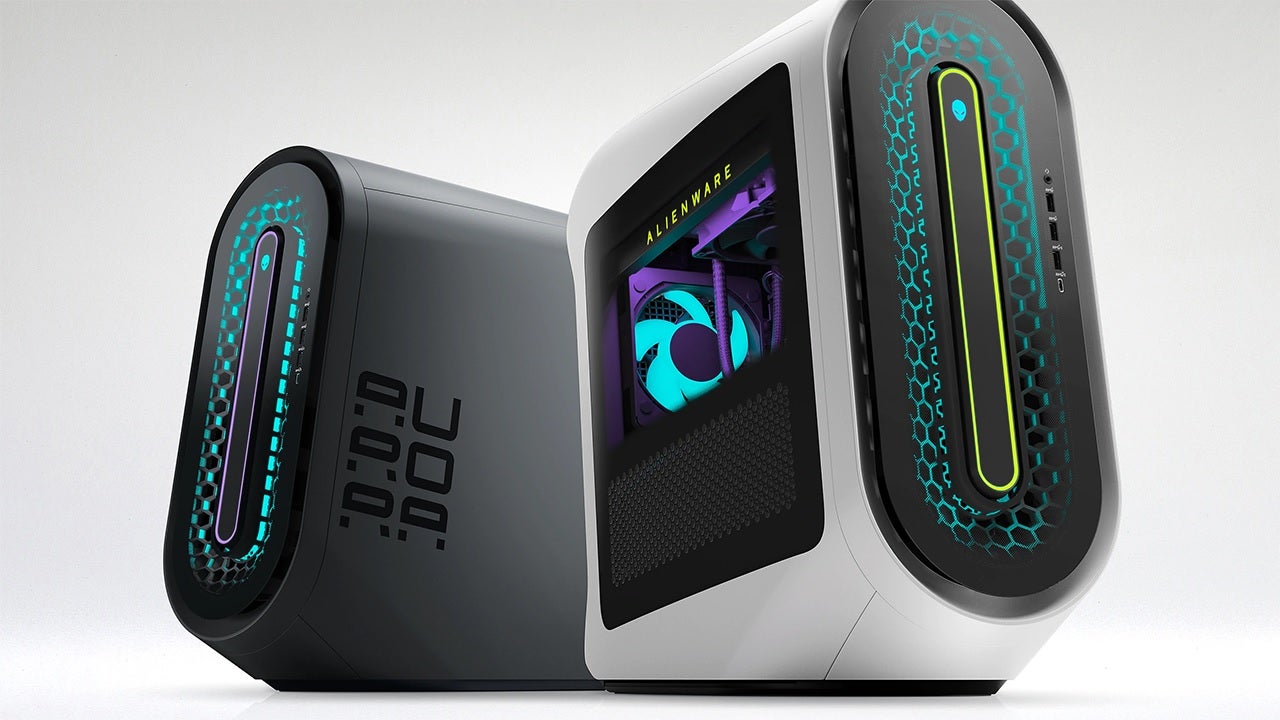Introduction
Welcome to the exciting world of graphics cards! If you’re planning to upgrade your gaming rig, you’ve probably heard all the buzz surrounding NVIDIA’s RTX 3080. As one of the most powerful graphics cards on the market, the RTX 3080 promises a significant boost in performance and visual fidelity for gamers and content creators alike. However, before you can fully enjoy the power of this beastly card, you need to ensure that your power supply can handle its demands. In this article, we’ll delve into the crucial question: What PSU do you need for a 3080?
Power requirements are a significant factor to consider when selecting a power supply for any high-performance hardware. With the RTX 3080, this consideration becomes even more critical due to its exceptional power-hungry nature. The GPU draws substantial power to deliver its mind-blowing graphics prowess and lightning-fast frame rates. Simply put, inadequate power supply can hinder the performance of your beloved RTX 3080 or even cause system instability.
Before we dive into the technicalities, it’s important to note that the power supply unit (PSU) is the heart of your computer’s power delivery system. It converts the AC power from your wall outlet into DC power that your components can use. The PSU provides power to all the components in your system, including the CPU, GPU, motherboard, and peripherals. Therefore, choosing the right PSU is crucial to ensure stability, longevity, and optimal performance.
Now that we understand the significance of a reliable PSU let’s explore the factors to consider when determining the PSU requirements for your RTX 3080 setup.
Power Requirements of the RTX 3080
The power requirements of the RTX 3080 are higher compared to previous generation graphics cards due to its impressive performance capabilities. NVIDIA recommends a minimum power supply of 750 watts for the RTX 3080. This ensures that the card receives sufficient power to function optimally and avoids any potential stability or performance issues.
The RTX 3080 has a maximum power draw of around 320 watts under load. However, it’s important to note that this figure represents the power consumption of the GPU itself and doesn’t take into account the power required by other components in your system. To ensure a stable and reliable power supply for your entire system, it’s recommended to have some headroom above the minimum requirement.
In addition to the GPU power draw, you must also consider the power draw of your CPU, motherboard, storage devices, and other peripherals when calculating the overall power requirement. These components consume power as well, and not accounting for them can lead to an inadequate power supply that may cause crashes or system instability.
It’s worth mentioning that power draw can vary depending on different factors such as workload, overclocking, and voltage adjustments. If you’re planning to overclock your RTX 3080 or use it for intensive tasks like video editing or 3D rendering, you may need a higher wattage power supply to compensate for the increased power consumption.
Keep in mind that the power requirements mentioned by manufacturers are typically conservative estimates. In reality, the actual power consumption of your system will depend on various factors specific to your configuration. Therefore, it’s always a good idea to err on the side of caution and opt for a power supply with a higher wattage rating than the bare minimum recommended.
Now that we understand the power requirements of the RTX 3080, let’s explore the other factors to consider when choosing a PSU for this powerful graphics card.
Factors to Consider
When choosing a power supply for your RTX 3080, there are several important factors to take into consideration to ensure compatibility and optimal performance:
- Power Output: The first and most crucial factor to consider is the power output of the PSU. As mentioned earlier, NVIDIA recommends a minimum of 750 watts for the RTX 3080. However, it’s advisable to go for a higher wattage PSU to accommodate other components and potential future upgrades. Consider a power supply in the range of 850 to 1000 watts to ensure stability and headroom for overclocking or system upgrades.
- Efficiency Rating: Another important factor to consider is the efficiency rating of the power supply. The higher the efficiency, the less power is wasted as heat, resulting in lower electricity bills and a greener footprint. Look for PSUs with at least an 80 Plus Bronze certification, although higher ratings like Gold and Platinum are even better for energy efficiency.
- Modularity: The modularity of a power supply refers to the ability to detach or attach cables as needed. Modular PSUs offer better cable management, allowing you to connect only the necessary cables, eliminating clutter and improving airflow within your system. This can enhance cooling performance and overall aesthetics.
- Connectors: Ensure that the PSU you choose has the necessary connectors to power your RTX 3080. The card requires an 8-pin and a 12-pin power connector. Some models may require two 8-pin connectors, so double-check the specific requirements of your graphics card. Additionally, make sure there are enough connectors to accommodate other components such as your CPU, storage devices, and peripherals.
- Brand and Reliability: It’s important to choose a reputable and reliable brand for your power supply to ensure longevity and stable performance. Brands like Corsair, EVGA, Seasonic, and Thermaltake are well-known for producing reliable PSUs with good warranties.
By considering these factors when selecting a power supply for your RTX 3080, you can ensure compatibility, stability, and optimal performance for your high-end gaming or content creation rig. Now, let’s explore the recommended PSU wattage for the RTX 3080 to help you make an informed decision.
Recommended PSU Wattage for the RTX 3080
When it comes to the recommended wattage for a power supply for the RTX 3080, it’s essential to consider the power draw of the graphics card as well as the power requirements of the rest of your system. As mentioned earlier, NVIDIA recommends a minimum of 750 watts for the RTX 3080. However, depending on your specific system configuration, you might need a higher wattage PSU for optimal performance.
To determine the recommended wattage, consider the power consumption of other components in your system, such as the CPU, motherboard, storage devices, and peripherals. It’s always a good idea to have some headroom above the minimum requirement to account for any power spikes or future upgrades.
If you have a high-end gaming rig with a power-hungry CPU and multiple storage devices, it’s recommended to opt for a power supply with a wattage rating between 850 to 1000 watts. This ensures that your system has sufficient power for all components to run smoothly, even under heavy loads or when overclocking.
Additionally, if you plan on overclocking your RTX 3080 or running intensive tasks like video editing or 3D rendering, you should consider getting a higher wattage PSU to compensate for the increased power consumption. Overclocking can significantly increase the power draw of both the GPU and CPU, so having a robust power supply is crucial to maintain stability and performance.
Remember, the recommended wattage is not an exact science and can vary depending on your specific system configuration and usage scenario. If you’re uncertain about the correct wattage, consulting with a knowledgeable professional or using online power supply calculators can be helpful in determining the appropriate wattage for your needs.
Now that we have discussed the recommended PSU wattage, let’s move on to exploring the importance of efficiency ratings and PSU certifications for the RTX 3080.
Efficiency Ratings and Certification
Efficiency ratings and certifications are important considerations when choosing a power supply for your RTX 3080. They indicate how effectively the PSU converts AC power from your wall outlet into DC power for your components, with higher efficiency resulting in less wasted energy and lower electricity consumption.
The most common efficiency ratings are 80 Plus, which classifies PSUs into different levels based on their efficiency. The higher the rating, the more efficient the PSU. The 80 Plus ratings include Bronze, Silver, Gold, Platinum, and Titanium.
A PSU with an 80 Plus Bronze certification is the minimum recommended for the RTX 3080. However, it’s advisable to aim for a higher rating, such as Gold or higher, for improved energy efficiency. These higher-rated PSUs not only help reduce your electricity bills but also generate less heat, leading to better cooling performance and prolonged lifespan of your components.
Additionally, some PSU manufacturers have their own certifications or optimizations to further enhance efficiency, such as Corsair’s “80 Plus Gold Certified Fully Modular Power Supply” or EVGA’s “SuperNOVA G2 80 Plus Gold Certified Power Supply.”
When selecting a power supply, it’s important to look for reliable brands that have undergone rigorous testing and obtained industry certifications. Reputable brands often provide detailed specifications, including efficiency ratings, to help you make an informed decision.
While efficiency ratings and certifications are crucial, it’s important to note that higher efficiency ratings often come with a higher price tag. It’s up to you to balance your budget and energy efficiency needs to find the best PSU for your RTX 3080 setup.
Now that we’ve covered efficiency ratings and certifications, let’s explore the PSU connectors required for the RTX 3080.
PSU Connectors for the RTX 3080
When it comes to connecting the power supply unit (PSU) to the RTX 3080, there are a few specific connectors to keep in mind. It’s crucial to ensure that your chosen power supply has the necessary connectors to power the graphics card and other components in your system.
The RTX 3080 requires both an 8-pin and a 12-pin power connector. The 8-pin connector is a standard PCIe connector, while the 12-pin connector is specific to the RTX 3000 series. It’s important to check the specific requirements of your RTX 3080 model, as some variations may require two 8-pin connectors instead of a single 12-pin connector.
When selecting a power supply, make sure it has at least one (or preferably two, if required) 8-pin PCIe connectors and a 12-pin PCIe connector (if applicable) to ensure compatibility with the RTX 3080. Additionally, consider the availability of other necessary connectors, such as those for your CPU, motherboard, storage devices, and peripherals.
Modular power supplies offer the advantage of detachable cables, allowing you to connect only the necessary cables and eliminate cable clutter inside your case. It’s a good idea to opt for a modular PSU to ensure proper cable management and improved airflow, which can contribute to better cooling performance and aesthetics.
Before purchasing a power supply, carefully review the PSU specifications and ensure that it includes the required connectors for your RTX 3080 and other components. It’s always better to have more connectors than you need, as it allows for future upgrades or changes to your system configuration.
Remember that different PSU models and brands may have varying connector configurations. Be sure to cross-reference the GPU and PSU specifications to ensure compatibility and avoid any issues when assembling your system.
Now that we have covered the PSU connectors, let’s move on to the topic of overclocking and its impact on power draw for the RTX 3080.
Overclocking and Power Draw Considerations
Overclocking the RTX 3080 can provide an additional performance boost, but it can also increase power draw and subsequently impact the power supply requirements. When overclocking, the GPU and possibly the CPU will draw more power to achieve higher clock speeds and achieve enhanced performance.
It’s important to note that overclocking the RTX 3080 significantly increases its power consumption. Therefore, it’s crucial to have a power supply with enough wattage overhead to accommodate the increased power draw. It’s recommended to opt for a higher wattage PSU, such as those in the 850 to 1000-watt range, if you plan on overclocking your system.
Moreover, when overclocking, it’s essential to ensure that your power supply can deliver stable power to the GPU and other components. Instability in the power supply can lead to crashes, freezes, or even damage to your hardware. Choosing a PSU from a reputable brand known for its stability and reliability is vital.
Keep in mind that the increased power draw during overclocking also results in more heat generated by the GPU. Proper cooling becomes even more critical to maintain optimal performance and prevent overheating. You should ensure that your system has adequate airflow, including proper case ventilation and possibly additional cooling solutions like extra case fans or liquid cooling, to keep temperatures in check.
It’s worth noting that power draw during overclocking can also vary based on the GPU model, quality of silicon, and the efficiency of the GPU’s power delivery system. Each GPU chip is unique, and the potential for achieving stable overclocks can differ. Therefore, it’s necessary to closely monitor temperatures and system stability during overclocking to find the optimal balance between performance and reliability.
Before attempting any overclocking, it’s essential to research and educate yourself about the process. Follow guides from reliable sources and take precautions to avoid damaging your hardware. Remember that overclocking can void warranties, so proceed with caution and at your own risk.
Now that we have discussed overclocking considerations, let’s wrap up our discussion by summarizing the key points.
Conclusion
Choosing the right power supply for your RTX 3080 is crucial to ensure stable and optimal performance. With the power requirements of this high-performance graphics card, it’s essential to select a PSU that can meet its demands and provide sufficient power to other components in your system.
Consider the power output, efficiency rating, modularity, connectors, and brand reliability when selecting a PSU. NVIDIA recommends a minimum of 750 watts for the RTX 3080, but it’s advisable to opt for a higher wattage PSU in the range of 850 to 1000 watts to allow for future upgrades and accommodate power spikes.
Efficiency ratings and certifications are also important factors to consider. Look for PSUs with at least an 80 Plus Bronze certification, although higher ratings like Gold or Platinum offer greater energy efficiency and lower power consumption.
Ensure that the PSU has the necessary connectors, such as 8-pin PCIe and potentially a 12-pin PCIe connector for the RTX 3080. Modular PSUs provide better cable management, improving airflow and overall system aesthetics.
If you plan on overclocking, it’s important to select a higher wattage power supply and ensure proper cooling for your system. Overclocking increases power draw and generates more heat, so monitoring temperatures and system stability is crucial.
In conclusion, choosing the right power supply is vital for getting the most out of your RTX 3080 and ensuring a stable and reliable system. By considering the power requirements, efficiency ratings, connectors, and other factors discussed in this article, you can make an informed decision and enjoy the full potential of your graphics card.







